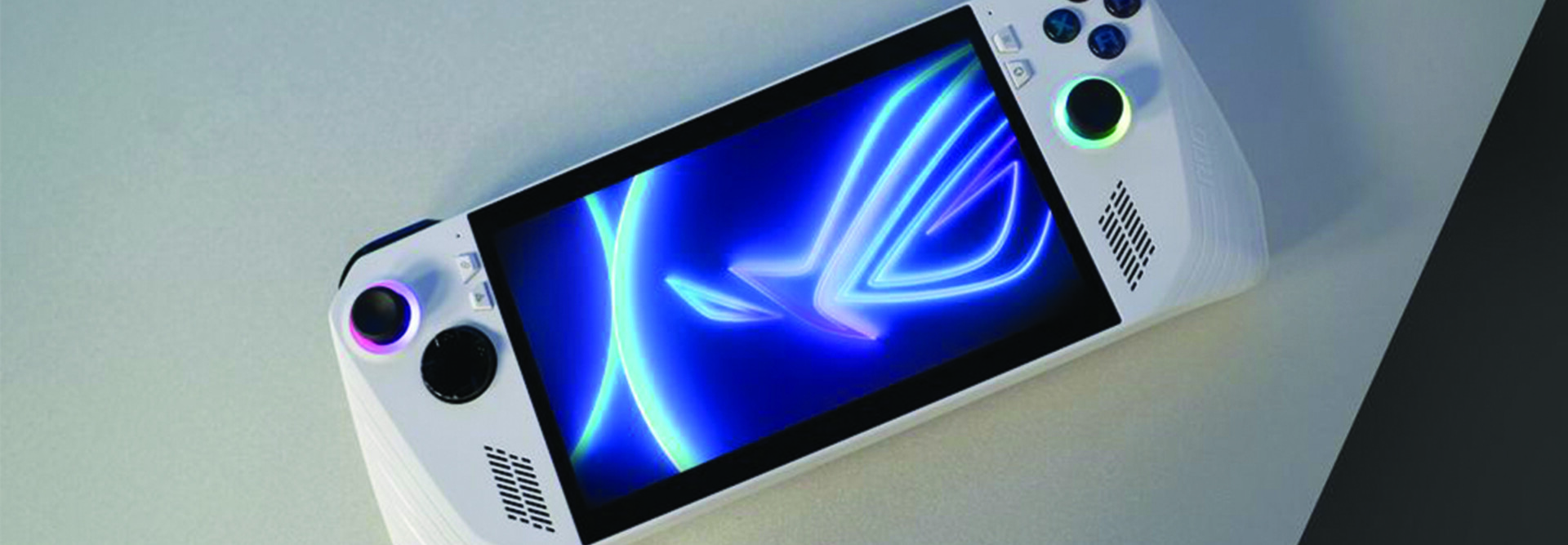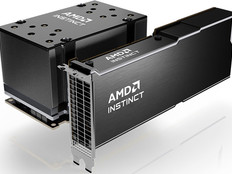A Self-Paced, Mobile VR Learning Experience
Gronstedt took a module from a NAWCTSD training program called the Multipurpose Reconfigurable Training System 3D. The company took a MRTS file that had been developed for instructor-led, classroom-based touch screens and converted it into self-paced simulation programs for VR and handheld gaming PCs.
“The vision here is that you get a much more immersive, hands-on learning experience, and one that’s self-paced and mobile. You can actually do it on the ships and submarines and avoid learning decay,” says Gronstedt Group President Anders Gronstedt.
Using VR headsets and the handheld gaming devices could help the Navy cut down on or eliminate classroom training, reducing its backlog.
In the VR training, sailors enter a virtual submarine diesel engine room. They turn valves and tighten bolts. The simulation gives them the sense of holding items in their hands, and they can hear the sound of the engine through the simulation.
“There is just enough stimuli to feel like you’re actually doing the task,” Gronstedt says.
Scale and Perspective of the VR Experience
The VR and handheld gaming PC training simulation provides sailors with step-by-step instruction as to what to do. The sailors follow a VR video, and the next video is queued up if they get a step right. If they make a mistake, the simulation provides immediate personalized feedback, and they repeat the last step until they get it correct.
In the legacy MRTS touch screen training, the simulation occasionally broke into a split screen so that users could see two things at once, but the VR simulator simply follows the reality of the experience.
“Some people had never been in a submarine machinery room themselves and only had seen it on a touch screen and didn’t quite see the perspective and distance to things,” Gronstedt says. “That’s a kind of scale and perspective and realism that you never get on the touch screen.”
On a six-month tour, sailors might conduct the applicable diesel engine maintenance 10 times or so, with weeks potentially passing between visits. But they could stay in practice with the handheld simulator, which they can easily store in their bunk or use on the mess deck.
“This vision is to have it on submarines and be able to do it over and over,” Gronstedt says.
VR Experiences Receive Positive Feedback
Initially, the VR was tested with about 30 sailors on a Navy installation outside of Seattle. “These young people were all VR savvy, and they whipped through it in about 10 minutes,” Gronstedt says. Next, the handheld gaming PC simulator was tested by 25 Navy personnel at Naval Submarine Base Kings Bay, earning glowing reviews: 80% rated it “excellent,” 16% “good” and 4% “neutral.”
All sailors thought the system was easy to use, and they all rated the experience highly. The feedback was universally positive. “This absolutely feels like the real thing,” one participant said.
In addition to its ease of use, the handheld simulators solve some logistical challenges. The VR headsets, which feature cameras and microphones, might be more difficult to certify for cybersecurity onboard a ship. VR also requires enough physical space for users to move and interact safely, which can be tough aboard a submarine.
The Asus ROG Ally handheld gaming PC uses the Microsoft Windows 11 operating system, which is in wide use across the Navy. It’s also affordable at about $800 a unit.
Click the banner below for the latest federal IT and cybersecurity insights.
What to Expect from Future Developments
Currently, the handheld gaming device provides only a single-player experience that runs completely offline. There are fewer cybersecurity concerns connected to the training simulation.
However, Gronstedt would like to develop a multiplayer online experience for appropriate team training exercises. The company also would like to introduce training that includes branching simulations, where users’ decisions determine the path and outcome of the simulations.














